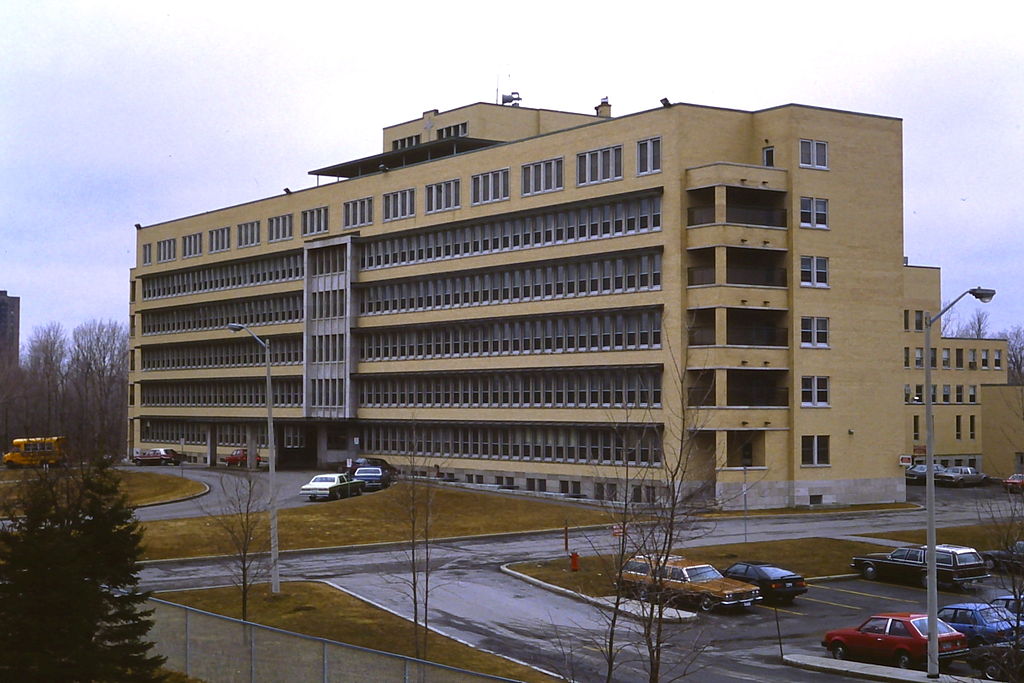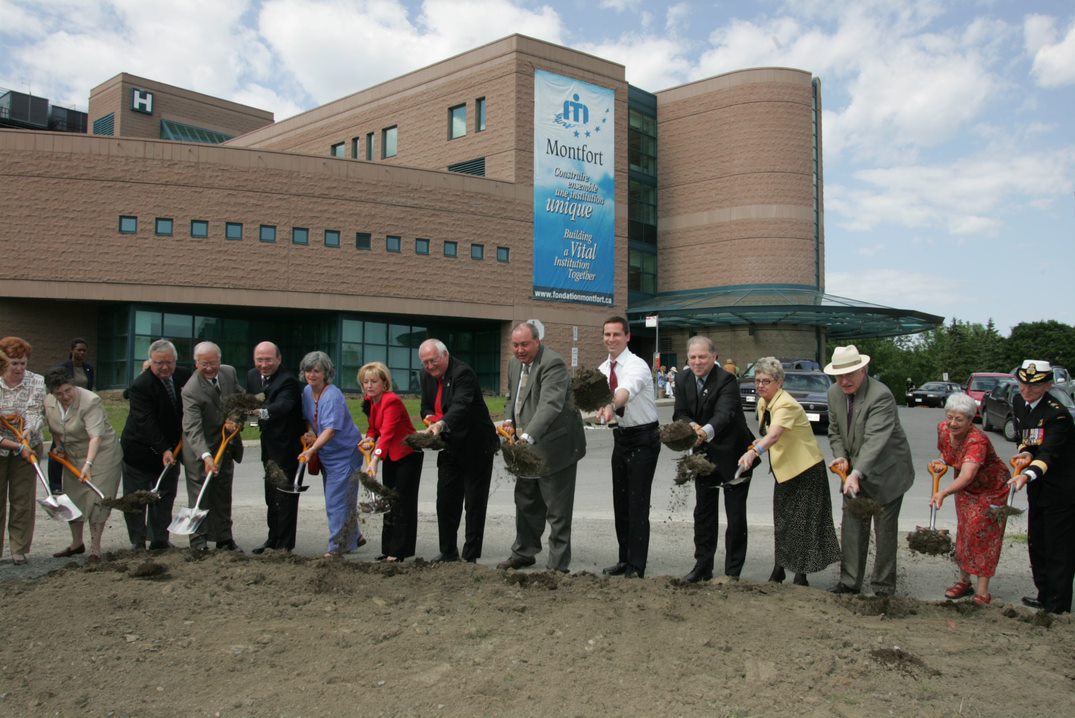Main navigation (desktop)
-
Coming to Montfort
-
- I have an appointment
- I am visiting a patient
-
- Preparing for my stay
- My experience at Montfort
-
- Additionnal resources
-
-
Receiving Care
-
- Consult the directory of programs and services in alphabetical order
- Physician's Directory
- Emergency
- Birth
- Surgery
-
-
Specialized clinics
- Allergies
- Breast clinic
- Cardiology
- Colposcopy
- Dermatology
- Diabetes
- EMG and nerve conduction clinic
- Ear, nose and throat (ENT)
- Geriatric Clinic
- Health psychology
- Hematology
- Hepatology
- Infectious diseases
- Internal medicine
- Joint Assessment
- Labor & delivery physicians
- Medical day unit
- Minor Surgery
- Neonatalogy Follow-ups
- Neurology
- Obstetrics
- Ophthalmology
- Orthopedic
- Pediatric
- Plastic surgery
- Post-Discharge Assessment Clinic
- Rheumatology
-
Specialized clinics
-
- ...
- Rehabilitation
- Mental health
-
- Diagnostic services
- Complementary services
-
-
Joining our Team
-
- I want to work at Montfort
-
- I want to contribute
-
- Working for an Employer of choice
- To know more
-
-
Learn more
-
- Access to information and confidentiality
- Strategy
-
- Our newsroom
- Connect with us



